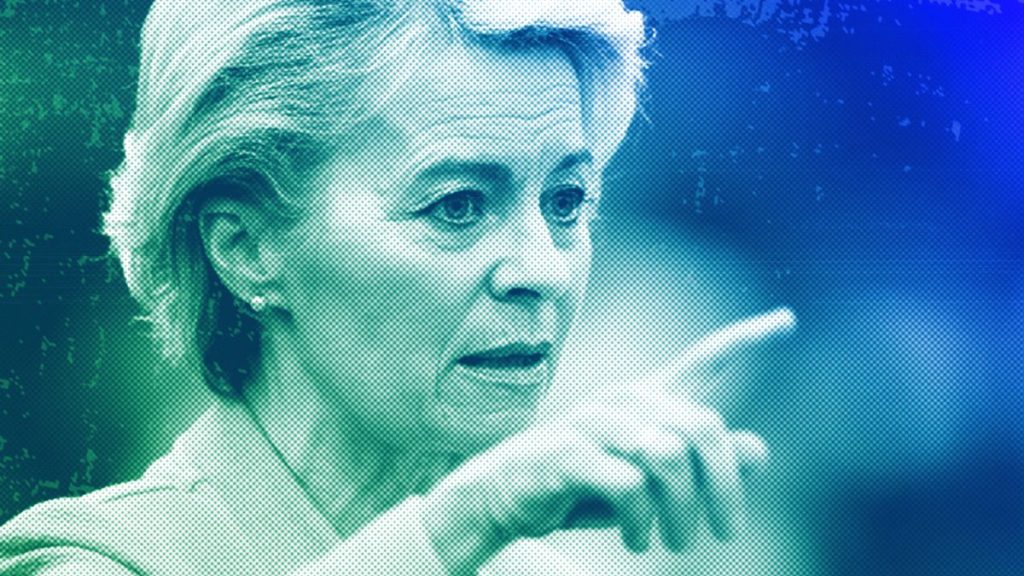The authors of this article argue that in times of uncertainty and crisis, policymakers should rely on evidence-based strategic foresight to make informed decisions. They criticize the leaked priorities for the next five years of the EU institutions, known as the Strategic Agenda, for disregarding sustainability despite the wealth of evidence supporting it. The EU has made significant progress in strategic foresight in recent years, establishing positions and units dedicated to this task. However, the current draft of the Strategic Agenda does not align with the insights gathered through these efforts.
The European Commission has invested heavily in building up intelligence on potential future threats and opportunities through strategic foresight reports. These reports have consistently highlighted the importance of resilience, sustainability, and wellbeing, along with other key areas. However, the leaked draft of the EU leaders’ priorities for the next five years appears to ignore much of this evidence. While the foresight reports emphasize sustainability and people’s wellbeing, the draft Strategic Agenda lacks a focus on these critical areas, as well as climate considerations.
The disconnect between the evidence gathered through strategic foresight efforts and the priorities outlined in the leaked Strategic Agenda is concerning. In contrast to the robust emphasis on sustainability in the foresight reports, the draft priorities barely mention key areas such as sustainability, resilience, and climate action. Public opinion also supports these priorities, with a majority of EU citizens expressing strong support for climate action and renewable energies. The authors argue that aligning the EU priorities with foresight and public opinion is vital for creating a sustainable and prosperous future.
To bridge the gap between the evidence provided by strategic foresight efforts and the current draft priorities, the authors call for a more comprehensive approach to foresight in EU policymaking. They suggest the appointment of a “chief foresighter” at the EU level to embed foresight practices across policy areas and institutions. By leveraging the wealth of evidence available and aligning priorities with foresight insights and public opinion, the EU can create a more robust and effective agenda for the future. Ultimately, the authors emphasize the importance of using evidence-based foresight methods to navigate uncertainty and address the multiple crises facing the EU.


